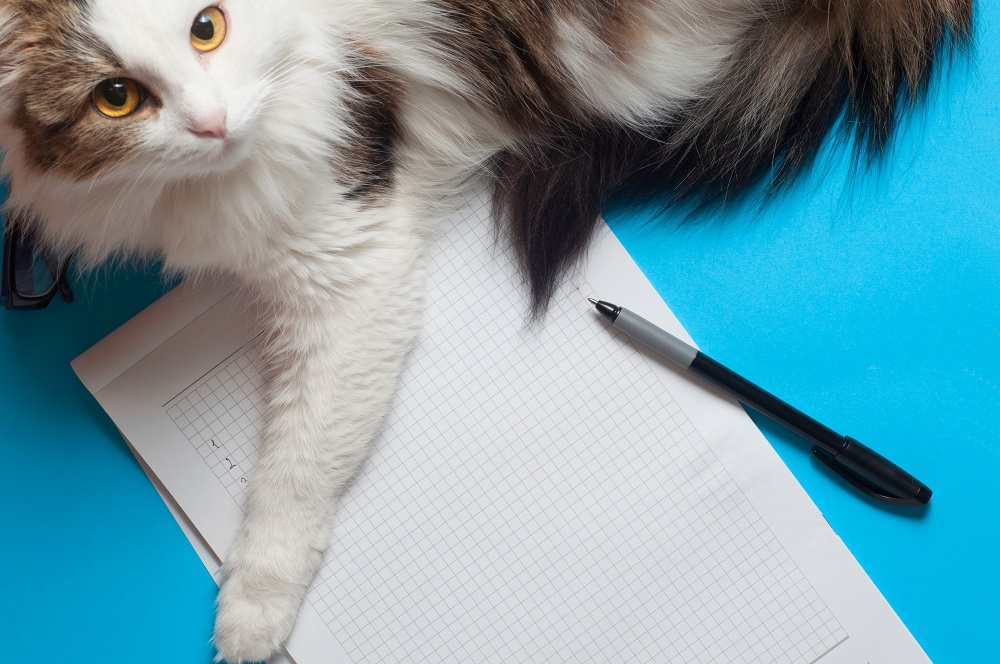While some cats assume paper bags as comfy beds, others may show this behavior out of curiosity or boredom. Cats also sit on paper when they need their owner’s attention or if it smells like their favorite humans. Sitting on paper is usually not a cause for concern.
1. Cats find comfort in closed spaces
Like with most funny things cats do, it starts with instinct. For example, a study conducted by the University of Utrecht showed that a particular group of cats living in a shelter suffered from a significant amount of stress.
These cats’ stress levels dramatically dropped when they were given a “hiding box,” which helped them heal more quickly in their new surroundings.
However, the cats who did not receive a “hiding box” displayed higher stress levels and required a significantly longer amount of time to recover.
This is due to the fact that cats typically hide and retreat from stressful situations.
Cats use this behavior strategy, and a box can help them reorganize while providing cover from potential predators.
3. Marking Their Territory

Cats communicate through scent marking, by rubbing pheromones onto objects. This is normal feline behavior. Pheromones are chemical cues that cats use to communicate with one another and to feel more comfortable in their homes. They detect these pheromones by using their vomeronasal organ. Cats will frequently use their scent glands to mark their territory around their house, especially if they discover a new object there.
Your cat is probably leaving their mark on an object if you see them rubbing their face off a new book, magazine, piece of paper, or piece of cardboard. They could also knead on the paper, which is sometimes called “making biscuits.”
Cats must scratch because it’s part of their natural behavior and they love to do so. They scratch a variety of surfaces, which serves a few purposes. Cats scratch to sharpen their nails, but they also mark their territory and release pheromones from their paw pads.
They might sit on a fresh piece of cardboard or paper that has been left out and scratch it to see if it works as a scratching surface. They may also deposit their scent on it.
Cats can be extremely playful, especially kittens and younger cats. They can be seen experimenting with the most improbable items, including bits of paper. It is normal to witness your cat examining a piece of paper before rolling around and engaging in play with it. Playful cats can spend countless hours playing with paper bags and cardboard boxes.
Why do cats like to sit inside things?
Cats frequently enjoy curling up in cardboard boxes or paper bags. This could be the result of their tendency to hide when they’re nervous or a little insecure. It’s also possible that they’re just playing or trying to find a warm spot to sit.
FAQ
Why do cats like to lay on paper bags?
Is it safe for cats to play with paper bags?
Why are cats fascinated with bags?
Why do cats love empty bags?